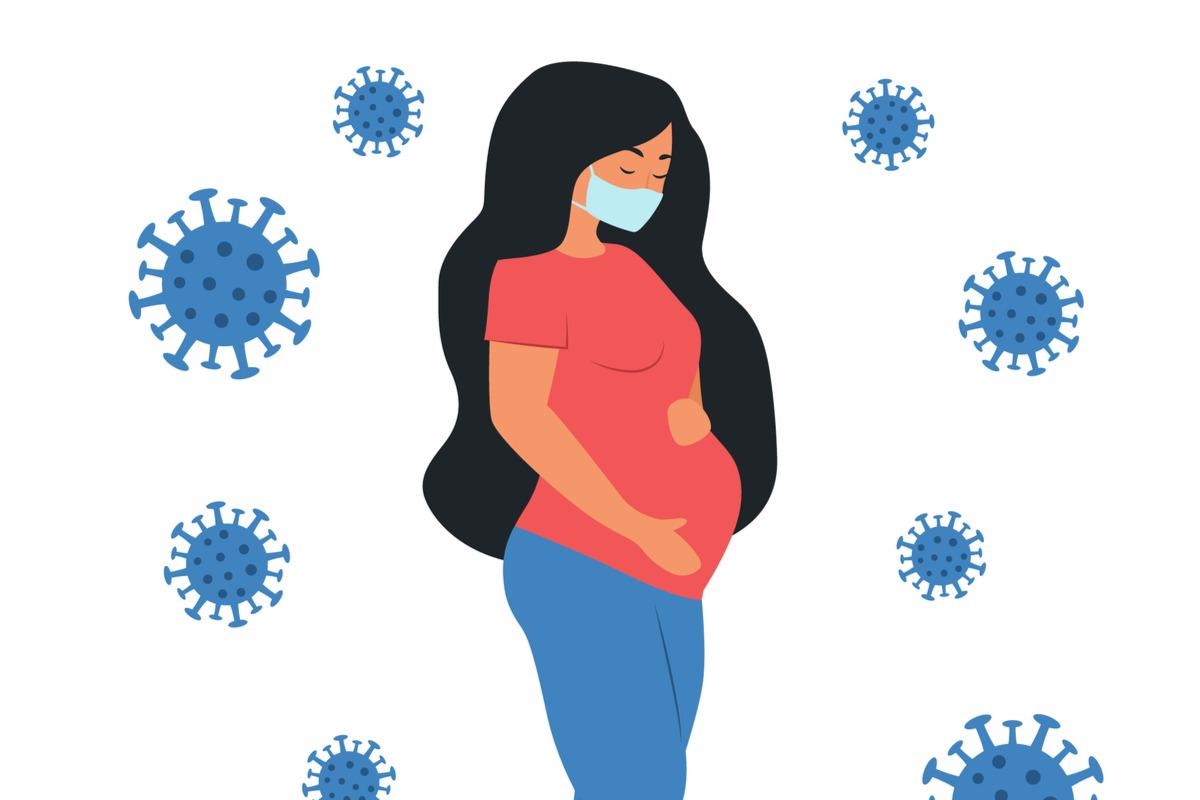In a recent study published in Biomedicines, researchers assessed the placental anti-oxidant response in the third trimester of pregnancy against severe acute respiratory syndrome coronavirus 2 (SARS-CoV-2) infections.
 Study: Increased Placental Anti-Oxidant Response in Asymptomatic and Symptomatic COVID-19 Third-Trimester Pregnancies. Image Credit: Kristina Rudkevica/Shutterstock
Study: Increased Placental Anti-Oxidant Response in Asymptomatic and Symptomatic COVID-19 Third-Trimester Pregnancies. Image Credit: Kristina Rudkevica/Shutterstock
Although previous studies have reported coronavirus disease 2019 (COVID-19)-induced oxidative stress (OxS) in several organs, the biochemical mechanisms for the increased OxS in the gestational placenta are unclear. Moreover, data on the mitochondrial morphological changes occurring during late pregnancy in SARS-CoV-2-positive placentae are sparse.
About the study
In the present study, the team evaluated the placental redox reactions involving two antioxidant enzymes - superoxide dismutase (SOD) and catalase (CAT) - in COVID-19-infected women during the last trimester of pregnancy. Additionally, they determined the SARS-CoV-2-associated placental morphological disturbances compared to that of healthy child-bearing women. Moreover, they assessed whether the redox alterations and mitochondrial pathological changes had any correlation with the symptoms.
A total of 41 full-term pregnant women visiting the Sant Anna University Hospital in Italy for delivery were selected for the study. These participants tested positive for COVID-19 between November 1, 2020, and December 31, 2020, and were divided into two groups of symptomatic (n=15) and asymptomatic (n=14) patients. Additionally, healthy pregnant women without signs of placental, fetal, or maternal diseases comprised the control group (n=12). None of the women had received COVID-19 vaccinations.
Data on maternal demographics, neonatal and obstetric outcomes, and COVID-19-related maternal symptoms were obtained. Nasopharyngeal swabs were collected from all participants for quantitative reverse transcriptase-polymerase chain reaction (qRT-PCR) assays. In addition, four biopsy samples of the control and case placentae were obtained from the base plate intermediate region and frozen instantly post-delivery. Further, the biopsy specimens were processed for messenger ribonucleic acid (mRNA) isolation.
Mitochondrial changes in these placental samples were evaluated using electron microscopy. A total of 18 placentae (six from controls and 12 from cases) were examined after excluding necrotic, seriously deteriorated and necrotic placental samples. Additionally, the extent of lipid peroxidation by the placental cell membranes was determined using the thiobarbituric acid-reactive substances (TBARS) assay. Moreover, the absorbance was determined using enzyme-linked immunosorbent assay (ELISA).
RNA isolated from the frozen biopsies was reverse-transcribed to evaluate the hypoxia-inducible factors 1 α (HIF-1α), SOD, and CAT gene expression. Additionally, CAT activity was assessed on the basis of the catalase peroxidation whereas SOD antioxidant activity was evaluated using spectrophotometry that measured the superoxide radicals-mediated cytochrome C reduction. Moreover, the HIF-1α, TBARS, SOD, and CAT levels were compared between the COVID-19-positive patients with and without complications during pregnancy and the controls to eliminate the probable effects of pregnancy-associated comorbidities (intrauterine growth restriction, gestational hypertension, and preeclampsia) on the placental anti-oxidant overexpression.
Results
Out of 41 pregnant women, 29 were COVID-19-positive, of which, 51% and 48% were symptomatic (s-COVID-19) and asymptomatic (a-COVID-19), respectively. A higher proportion of COVID-19-infected pregnant women were overweight. However, no stillbirths occurred and no infantile pulmonary support was needed within 24 hours of delivery for the case group. This indicates lower susceptibility of the placental trophoblasts to COVID-19 during late pregnancy.
Additionally, a substantially higher number of females were born to s-COVID-19 (60%) and a-COVID-19 (71%) women. Cardiotocography (CTG) abnormalities were higher in a-COVID-19 (21%) and s-COVID-19 (27%) groups. However, these differences did not significantly correlate with the presence of symptoms.
In the electron microscopic analysis, placental mitochondria with swellings, fewer or no cristae, pathological membranous structures, and matrix rarefaction were detected exclusively in the cases. However, viral particles were not identified distinctly in the SARS-CoV-2-positive placenta.
Among the OxS markers, significantly higher TBARS (one-fold increase), HIF-1α (twice higher) levels were noted in the cases, irrespective of symptoms and gestational comorbidities. This indicates that COVID-19 is associated with increased hypoxia and reactive oxygen species (ROS) generation, which subsequently leads to elevated placental OxS. However, these findings are independent of the presence of symptoms and comorbidities.
Moreover, the mRNA levels of CAT and SOD and enzymatic activity were two-fold and one-fold higher in the cases, respectively. However, these findings did not significantly differ among the two COVID-19 groups. The increased activity of placental anti-oxidant enzymes along with physiological fetal outcomes is indicative of a compensatory placental adaptation to protect neonatal growth and maintain its physiological capabilities.
Overall, the study findings demonstrated the anti-oxidant ability of the placenta to inhibit COVID-19-associated OxS in full-term pregnant women, thus mitigating SARS-CoV-2-associated cytotoxicity.
Journal reference:
- Rolfo, A.; Cosma, S.; Nuzzo, A.M.; Salio, C.; Moretti, L.; Sassoè-Pognetto, M.; Carosso, A.R.; Borella, F.; Cutrin, J.C.; Benedetto, C. (2022). Increased Placental Anti-Oxidant Response in Asymptomatic and Symptomatic COVID-19 Third-Trimester Pregnancies. Biomedicines. doi: https://doi.org/10.3390/biomedicines10030634 https://www.mdpi.com/2227-9059/10/3/634